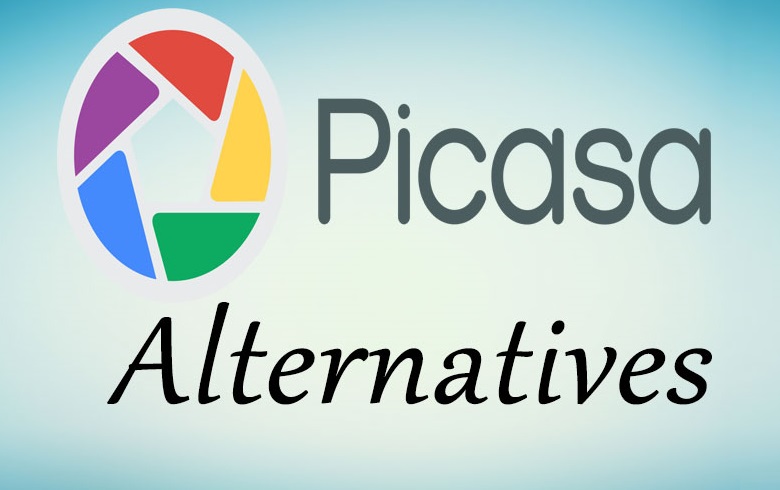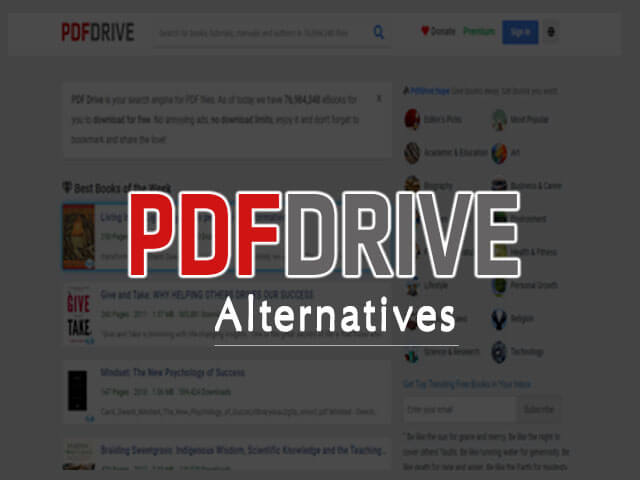Best Picasa Alternatives and Similar Software for Windows & Mac
Picasa alternatives for Linux have made you heard the news. Google is getting rid of Picasa. I know, you are not the only one who is sad about this. There may be a lot of ways to store and edit your photos online, but they do not quite offer the benefits that come from having a good native application you can run without an Internet connection.
For Linux users, this is a case of receiving our Windows and Mac OS X using friends to the club. Google stopped supporting Picasa’s Linux port years ago, leaving people to install the latest released version and crossing their fingers to make it work.
The good news is Picasa is far from being the only good option available. There are plenty of apps to choose from on Windows and Mac OS X. In addition, this is an area where the Linux desktop also has a wide range of options.
If you are tired of clinging to an old version of Picasa or switching to Linux for the first time, these are some of the best Picasa Alternatives and Similar Software for Windows & Macs available today.
Best Picasa Alternatives and Similar Software for Windows & Mac

1. Gwenview
You can feel like the GTK-based desktops get all the love, but when it comes to managing photos, KDE has it covered out of the box. Gwenview is the project’s default image viewer, and much of the basic functionality that you get from Picasa is already cooked in.
You can move around photos in folders, make minor edits, such as cropping and resizing and apply labels and classifications.
The editing options are not that extensive, but if they already do most of their settings in a dedicated photo editor like GIMP, that’s not too much of a problem.
2. gthumb
In order for the Gwenview style experience on a GNOME desktop, you want to download gthumb. The application is not the default image viewer (which would be GNOME Eye), but it adheres to the modern GNOME 3 design language so closely that it could be mistakenly believed that they were.
gthumb comes with quite a few additional editing options, such as adjusting the colors and applying some filters. The marking functionality is a bit different. In this case, you can organize photos in catalogs and selections, in addition to traditional folders and good old-fashioned markers.
3. GNOME
Picasa offers a simple and beautiful way to browse your images, and that is something GNOME Photos is doing well. The application automatically imports the images in the Images folder and displays them in a grid. You can click on any image to see it free of garbage.
Photos of GNOME is very limited. You can mark images as favorites and organize them into albums, but the latter is completely independent of the existing folder hierarchy. That means that you have to organize your collection from scratch, even if you have already created a system that works. The interface encourages searching in its place, just like GNOME Shell in general.
4. KPhotoAlbum
Gwenview is, at its core, an image viewer. If you can not find a feature that is important to you, KPhotoAlbum is the next step. As the name suggests, this KDE application is meant to manage your photo collection, instead of just displaying images.
KPhotoAlbum comes with a chronological view that makes faster work faster than digging through folders. Images can be organized into categories, and you can make annotations to connect additional memories for a photograph.
With KIPI plugins installed, KPhotoAlbum can change the image batch name, import, and export from a wide variety of sources, edit metadata, apply filters and make more advanced image edits.
Picasa Alternatives and Similar Software
5. Shotwell
Shotwell forms a good balance between functionality and simplicity. You can browse existing folders in a hierarchy or scroll through your entire collection in a giant grid.
Whether you like micromanagement or not, you care about the folder structure, as long as the photos are on your computer Shotwell can adapt your tastes. You can tag the photos, give them a rating of one to five stars, and leave comments.
Instead of viewing a series of photos as a folder, Shotwell allows you to organize events in them. As an old-school GNOME / GTK application, there is a bit of functionality hidden behind the simple interface.
6. Darktable
It is very low on the list, you may have noticed that many of the options seem a bit of the same and that is the way to do Linux things. For the most part, users like applications that integrate with the desktop environment of choice. darktable dollars this trend.
It has its own dark interface that looks the same regardless of which desktop environment you call home. LinuxDarktable vs. Shotwell: two great photo editing applications for Linux Until recently, I only had Linux GIMP as an acceptable photo editing tool.Thanks to a couple of new tools that provide impressive features: darktable and Shotwell.
Read more as for who should use darktable, this is a good option for people who want to make big changes. You can use the application to browse through photos, but this is a piece of software geared to take a picture you are not very happy with and turn it into something that appears.
Picasa Alternatives
7. digiKam
Many consider digiKam the best photo management application available for Linux. Some consider it the best option in any desktop operating system, period. For Linux that professional photographers use, this is the place to start. DigiKam import RAW files, manage metadata, apply labels, create labels, and convert your terabytes of photos into something manageable.
That is not to say that digiKam is too intimidating. There is a lot of functionality here, but if you just want to browse through the folders and do the occasional retouching, none of the additional features should get in your way.
8. Quick download of pictures
Maybe you have used Picasa because it import photos from your camera without much fuss. Many of the above options can do the same, but if you want to have complete control over the process, I recommend quick downloading of photographs.
This little piece of dread allows you to determine exactly how to structure your folders and the name of each photo that emerges from your camera. Once this is done, you can proceed to load the images into your photo manager of choice.
Have you used Picasa in Linux? Before switching to Linux, Picasa was my favorite photo management tool. After I became familiar with my new operating system, I found that I did not miss the Google software all that much – there were a lot of good alternatives to choose from. What I have listed above is not even a complete list – a number of other options are out there.
Top Linux software for photo management & editing of clipsTop Linux Software for Photo Management & Clip Editing Do you remember where you saved photos of your vacation last year? How fast can you find at a particular time, as of August 2007? If you do not know, then you could probably use a new photo manager!
Considering Picasa’s “port” was actually just the version of Windows running under Wine, you could say that all alternatives provide a better experience, regardless of the available features. But there is something to be said for the use of the same application in different operating systems., Especially if you synchronize your photos through multiple machines.
Have you used Picasa in Linux? Do you look around for .debs and .rpms after Google stopped supporting in 2012? Does seeing Google officially end support on all platforms bringing back old memories? You are among the people who understand, so it feels to share your thoughts for free!





